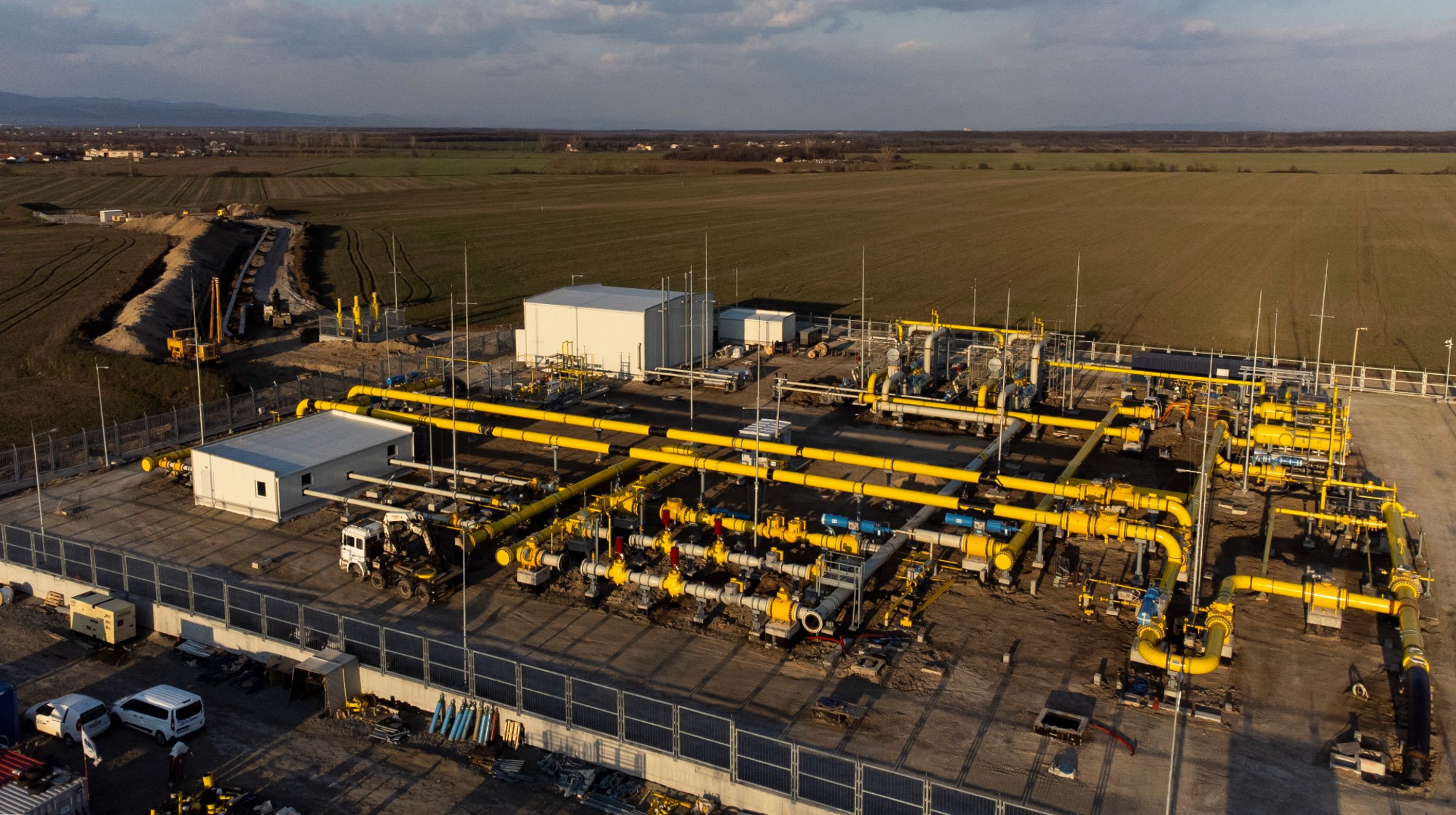How Hamas' rockets and Israel's missile-defense system work
The fate of the escalating conflict in the Middle East rests primarily on how effective machinery on both sides turns out to be


The most stunning piece of hardware employed so far during Israel's Operation Pillar of Defense has been Iron Dome, the shield ably intercepting rockets fired by Hamas militants. Rafael Advanced Defense Systems, an Israeli weapons manufacturer previously responsible for the highly effective Python air-to-air missile, developed Iron Dome. The system isn't powered by magic, though it certainly calls Clarke's Third Law to mind. Here is how it works:
Iron Dome has five batteries, each of which is mobile and comprised of radar, a sophisticated computer, and three missile launchers. When a rocket is fired at an area within an Iron Dome battery's aegis (roughly 60 square-miles), the radar detects the projectile, the computer does the geometry, and missiles intercept the rocket. Each interceptor reportedly costs anywhere from $40,000 to $60,000, so the system also makes a quick determination as to whether the rocket is even worth engaging. In other words, a rocket bound for an open field is not such a big deal. This whole process takes place in a matter of seconds, which seems basically impossible, but is imperative given that the entire lifespan of a rocket fired at the city of Sderot, for example, is 15 seconds, from launch to landing.
Israel's Iron Dome has intercepted more than 300 rockets so far, and has an 85 percent success rate.
The Week
Escape your echo chamber. Get the facts behind the news, plus analysis from multiple perspectives.

Sign up for The Week's Free Newsletters
From our morning news briefing to a weekly Good News Newsletter, get the best of The Week delivered directly to your inbox.
From our morning news briefing to a weekly Good News Newsletter, get the best of The Week delivered directly to your inbox.
The system has intercepted more than 300 rockets so far, and has an 85 percent success rate. The benefits are obvious. But "the problem with Iron Dome," says one of its head developers, "is that it's become deified." The Dome is seen as a "savior." But "what we are worried about is that people are going to become so enamored with Iron Dome that they will do things that are wrong." The system is designed to buy Israel's leaders time to de-escalate the situation rather than intensify it.
And what of the Palestinian rockets? Hamas typically attacks with Qassam rockets, which are manufactured by their military wing. There are three models in regular use, with a fourth in the developmental stages. As a matter of construction, there's not much to a Qassam but a six-foot pipe packed with some fuel made from fertilizer and melted sugar, and a warhead screwed to the front. Their ranges vary from just under two miles to just over nine. The rockets are unguided, so precision strikes aren't really part of the equation. But because they cost less than $1,000 to make, what Hamas wants for in quality it makes up for with quantity.
Hamas is also using grad (or "Katyusha") rockets, which are generally made in China and have a greater reach and larger warheads. Unlike the grads used by Russians, those smuggled to Hamas by way of tunnels from Egypt lack vehicle mounts; their launchers are improvised, and again, are pretty unreliable with regard to where they land. Their increased blast radius compensates for this shortcoming.
Of Hamas' known, conventional weapons, the Israeli government would seem to fear Fajr-5 rockets the most. The Iranian-made rockets have a range of nearly 50 miles, and pack 200-pound warheads. Iron Dome is able to intercept Fajr-5s, but it's their range that's most alarming — the rockets can easily reach Tel Aviv, which is 43 miles north of Gaza, and the largest population center in Israel. Israeli air strikes launched early in the campaign specifically targeted Fajr launch and storage facilities, and only a few are thought to remain in Gaza.
A free daily email with the biggest news stories of the day – and the best features from TheWeek.com
Israel's air strikes are waged largely with F-16 Fighting Falcon fighter jets. The Israeli Air Force is estimated to have more than 300 such aircraft available. F-16s are versatile fighter jets with tremendous reach (a 340-mile combat radius), speed (up to Mach 2), and firepower (from Vulcan cannons to tactical nuclear weapons). They are capable of everything from dogfights and bombing runs to reconnaissance and forward air controlling. Such powerful weapons (in addition to so many more, such as the hundreds of Merkava tanks used by the Israel Defense Forces) have led to the very sobering question of F-16s versus M-16 rifles — that is, should Israel send in ground troops?
Whether it does so remains to be seen. Notably, this conflict has seen the full employment of social media as a tool of persuasion and as a method of command and control. The tragic, grisly deaths of children in Gaza are not only reported, but also shared and echoed until even the most ardent hawk is presented with the actual toll of sustained combat. Meanwhile, Israelis are able, through such mediums as Facebook and Twitter, to coordinate medical help and pinpoint nearby hazards and destruction caused by incoming rockets.
The hardware of the moment will determine whether this conflict uncoils into a costly ground war. If precision air strikes neutralize the entire arsenal of Fajr rockets, tragedy on a massive scale might be averted. If Hamas penetrates Iron Dome and lands a rocket in Tel Aviv, the fighting will likely become tooth and claw. If Iron Dome holds, and public opinion is well modulated by social media, perhaps diplomacy will settle things before tens of thousands of rounds are chambered.
David W. Brown is coauthor of Deep State (John Wiley & Sons, 2013) and The Command (Wiley, 2012). He is a regular contributor to TheWeek.com, Vox, The Atlantic, and mental_floss. He can be found online here.
-
 ‘Managed wildfires have spread out of control before’
‘Managed wildfires have spread out of control before’Instant Opinion Opinion, comment and editorials of the day
-
 Separating the real from the fake: tips for spotting AI slop
Separating the real from the fake: tips for spotting AI slopThe Week Recommends Advanced AI may have made slop videos harder to spot, but experts say it’s still possible to detect them
-
 Europe sets 2027 deadline to wean itself from Russian natural gas
Europe sets 2027 deadline to wean itself from Russian natural gasIN THE SPOTLIGHT As international negotiators attempt to end Russia’s years-long invasion of Ukraine, lawmakers across the EU have reached a milestone agreement to uncouple the continent’s gas consumption from Moscow’s petrochemical infrastructure
